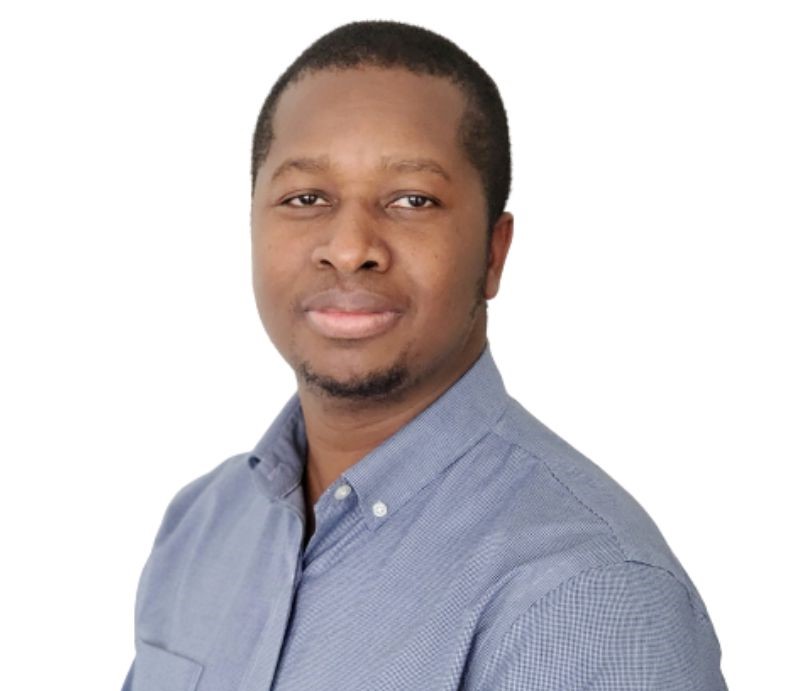Meet the User: Rodney Tigaa

The National Center for Earth and Environmental Nanotechnology (NanoEarth) continues the Meet the User Series by highlighting Rodney Tigaa, Ph.D. who currently serves as a chemistry lecturer at the United States Coast Guard Academy.
Tigaa began his academic journey at Manchester University in Indiana. He pursued a Bachelor of Science degree in chemistry and then travelled to the University of Nevada-Reno for his graduate studies in Ana de Bettencourt-Dias's, Ph.D. group. In hopes to pursue a career in the semiconductor industry as a process chemist and engineer, he researched the synthesis and characterization of rare element-containing materials. He obtained a Ph.D. in inorganic and materials chemistry.
He followed his passion for research across the country to the chemistry and biochemistry department at Florida State University. He served in Geofrey Strouse's, Ph.D. group as a postdoctoral research associate, researching energy transfer in metal-doped oxides using microwave chemistry and pump-probe techniques. During this period, he found a passion for mentoring undergraduate and graduate students.
Equipped with scientific knowledge and the capacity to mentor students, Tigaa began teaching as an Assistant Professor of Chemistry at Saint Cloud State University in Minnesota and then Concord University in West Virginia. As a seasoned traveler, he is currently serving as a lecturer of chemistry at the United States Coast Guard Academy in New London, Connecticut. He enjoys teaching while “being inspired by both U.S. and foreign student cadets who are training to become officers in the Coast Guard of their respective countries”.
During his appointment at Concord University, Tigaa toured NanoEarth with his inorganic chemistry students in 2022. Students met with Virginia Tech graduate admissions staff, toured labs, networked with scientists, and listened to a talk on careers in nanoscience. One of his five students enjoyed the trip, applied to graduate school at Virginia Tech, and now studies in the chemistry department pursuing a chemistry Ph.D.



After the interaction, Tigaa partnered with NanoEarth to analyze nanomaterial samples. Various instrumentation support included powder X-ray diffraction, transmission electron microscopy (TEM), and energy dispersive X-ray (EDX) spectroscopy. On one project, an undergraduate student was able to use microwave-assisted synthetic methods to synthesize nanoparticles. This involved the synthesis of hexagonal phase lanthanide(III)-doped NaGdF4 nanoparticles for use in catalytic membranes. The project goal was to study the co-production of ammonia and ethylene.


Tigaa continually seeks out opportunities to support the next generation of chemists and enhance his professional development. In the American Chemical Society (ACS), he has served as a faculty consultant for the ACS Bridge Program, newsletter editor, member-at-large, and program chair for fall national meetings for the ACS Division of Professional Relations (PROF). These roles allow him to work with multidisciplinary teams to foster collaboration among chemists of various socioeconomic and professional backgrounds.
Tigaa hopes to empower the next generation to contribute to advancing the STEM-talent pipeline in new areas. He enjoys taking his two dogs on walks and travelling in his downtime. His advice to young researchers and scientists is to “be yourself, embrace change, and find enjoyment in what you do!”






